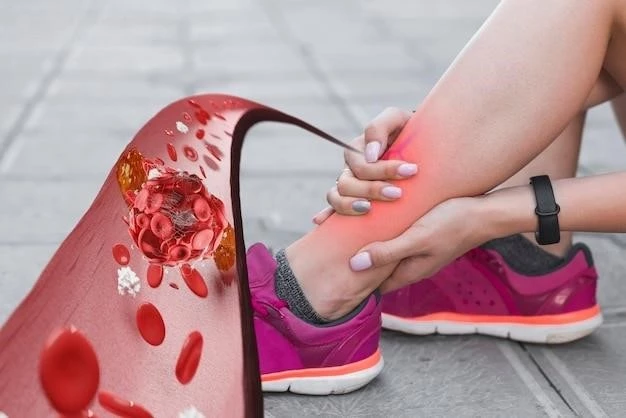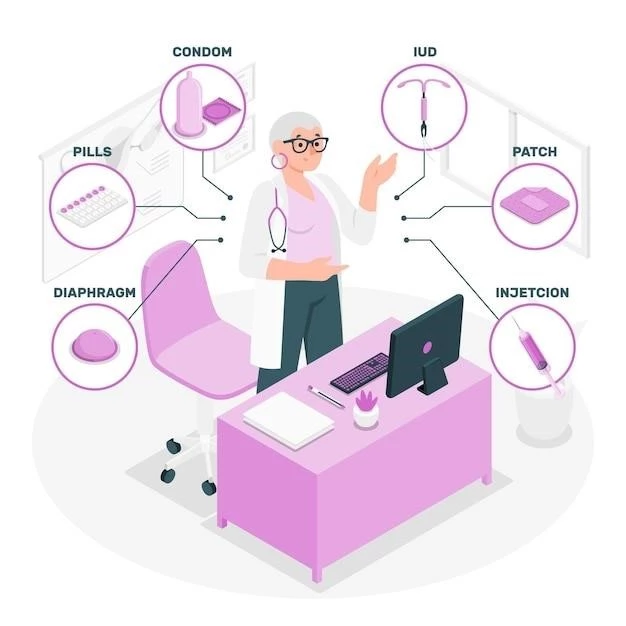Symptoms of Ameloonychohypohidrotic Syndrome
Manifestations include abnormal teeth, brittle nails, and lack of sweat glands.
Dental Symptoms
The condition presents with a lack of tooth enamel, causing yellow or brown discoloration, sensitivity to hot and cold foods, and increased risk of tooth decay. Patients may also have conical-shaped teeth, missing teeth, or delayed tooth eruption. Regular dental check-ups and preventive measures are crucial to maintain oral health.
Nail Symptoms
Nail abnormalities in individuals with this syndrome include brittle nails, ridges, pitting, or absence of nails (anonychia). These issues can lead to functional challenges and require special nail care to prevent infections and discomfort. Regular moisturization and protection are essential to maintain nail health and prevent complications.
Skin Symptoms
Individuals with Ameloonychohypohidrotic Syndrome may exhibit dry, rough skin due to the absence of sweat glands, leading to an inability to regulate body temperature effectively. Special attention to skincare routines, including hydration and protection from extreme temperatures, is crucial to prevent skin complications and maintain overall skin health.
Causes of Ameloonychohypohidrotic Syndrome
Mainly caused by mutations in the EDA gene, impacting the development of teeth, nails, and sweat glands. Environmental triggers may also play a role.
Genetic Mutation
The EDA gene mutation, which causes Ameloonychohypohidrotic Syndrome, disrupts the normal development of ectodermal structures like teeth, nails, and sweat glands. This inherited genetic defect affects an individual’s oral health, nail integrity, and ability to regulate body temperature. Understanding this genetic alteration is crucial for accurate diagnosis and potential future treatments.
Environmental Factors
While Ameloonychohypohidrotic Syndrome is primarily caused by genetic mutations, environmental factors can influence its severity and presentation. Factors like exposure to extreme temperatures, certain medications, or chemicals may exacerbate symptoms related to the condition. Managing environmental triggers through lifestyle adjustments and protective measures can help improve the quality of life for individuals with this syndrome.
Diagnosis and Management of Ameloonychohypohidrotic Syndrome
Early diagnosis aids in effective management through tailored dental, skin, and nail care.
Diagnosis
Diagnosis of Ameloonychohypohidrotic Syndrome involves a thorough physical examination, assessment of dental, nail, and skin abnormalities, and genetic testing for EDA gene mutations. Medical history review and consultation with specialists like geneticists or dermatologists are essential for accurate diagnosis. Early detection ensures appropriate management strategies can be implemented to address the diverse symptoms associated with the syndrome.
Management
Management of Ameloonychohypohidrotic Syndrome focuses on multidisciplinary care involving dentists, dermatologists, and genetic counselors. Treatment strategies aim to address dental issues, skin conditions, and nail abnormalities. Regular dental check-ups, proper skincare routines, and specialized nail care are essential components of managing the syndrome. Supportive therapies and counseling can also help individuals cope with the physical and emotional challenges associated with the condition.
Genetic Basis of Ameloonychohypohidrotic Syndrome
Mutations in the EDA gene play a central role in the development of this rare genetic disorder.
EDA Gene Mutation
The EDA gene mutation leads to deficient ectodysplasin-A, affecting the formation of teeth, nails, and sweat glands in Ameloonychohypohidrotic Syndrome. Research focuses on understanding the specific mechanisms through which this mutation disrupts ectodermal development, paving the way for targeted interventions to mitigate the syndrome’s diverse effects on affected individuals.

Treatment Options for Ameloonychohypohidrotic Syndrome
Comprehensive care includes dental interventions and specialized skin and nail management.
Dental Care
Dental care for individuals with Ameloonychohypohidrotic Syndrome involves proactive measures to address enamel defects, prevent tooth decay, and manage any tooth abnormalities like conical shape or missing teeth. Treatments may include dental bonding, crowns, and dental implants to improve oral function and aesthetics. Regular dental visits and personalized oral hygiene routines are crucial for maintaining dental health and preserving the affected individual’s quality of life.
Skin and Nail Care
Specialized skin and nail care are essential for individuals with Ameloonychohypohidrotic Syndrome to manage dry skin, brittle nails, and nail abnormalities. Recommendations may include gentle moisturizers, nail strengthening treatments, and protective measures to safeguard the skin from environmental stressors. Regular skin assessments and nail care routines help prevent complications and enhance the overall well-being of those affected by the syndrome.
Research Advances in Understanding Ameloonychohypohidrotic Syndrome
Recent studies focus on unraveling the molecular mechanisms underlying this rare genetic condition.
Genetic Studies
Current genetic studies on Ameloonychohypohidrotic Syndrome aim to identify new gene mutations and better understand the complex interaction between genetic factors and environmental influences. Advancements in genetic research help refine diagnostic techniques, improve treatment options, and offer insights into potential therapeutic interventions targeting the underlying genetic abnormalities. Collaborative efforts among researchers worldwide contribute to expanding the knowledge base and ultimately enhancing the care and outcomes for individuals with this syndrome.
Impact of Ameloonychohypohidrotic Syndrome on Quality of Life
Affects daily functioning, self-esteem, social interactions, and overall well-being of individuals.
Physical Challenges
Ameloonychohypohidrotic Syndrome presents physical challenges like dental issues, skin problems, and nail abnormalities, impacting eating, speaking, body temperature regulation, and manual tasks. These challenges necessitate specialized care, adaptable strategies for daily activities, and ongoing medical support to enhance physical functioning and quality of life for affected individuals.
Psychosocial Effects
Ameloonychohypohidrotic Syndrome can lead to emotional challenges due to altered appearance, self-image issues, and social stigma. Individuals may experience anxiety, depression, or low self-confidence impacting relationships and overall well-being. Psychosocial support, counseling, and community resources play a vital role in addressing these effects, fostering mental resilience, and promoting a positive outlook on life despite the syndrome’s challenges.
Support and Resources for Individuals with Ameloonychohypohidrotic Syndrome
Patient organizations and healthcare providers offer valuable assistance, guidance, and specialized care.
Patient Organizations
Connect with patient organizations dedicated to providing support, advocacy, and resources for individuals with Ameloonychohypohidrotic Syndrome and their families. These organizations offer a sense of community, access to educational materials, and opportunities for networking with others facing similar challenges. By joining patient groups, individuals can find emotional support, practical advice, and a supportive environment to navigate the complexities of living with this rare genetic disorder.
Healthcare Providers
Consult healthcare providers experienced in managing Ameloonychohypohidrotic Syndrome for comprehensive care tailored to individual needs. Dentists, dermatologists, genetic counselors, and other specialists play crucial roles in developing personalized treatment plans that address dental, skin, and nail concerns. With their expertise, healthcare providers can offer guidance, monitor symptoms, and coordinate multidisciplinary interventions to enhance the quality of life for those affected by the syndrome.
